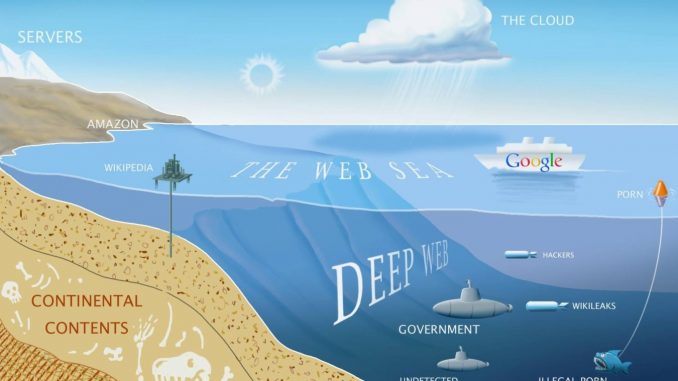

#Internet iceberg infographic marianas web free
While in some cases, this anonymity is used simply as a way to protect free speech or for government agencies to keep top-secret data under wraps, there is another side to this darker corner of the Web filled with cybercrime, the transfer of illegal goods and even terrorism. The Dark Web, meanwhile, is “a part of the Deep Web that has been intentionally hidden and is inaccessible through standard Web browsers.” Powered by networks such as TOR and I2P, this hidden Web makes it possible for users to remain entirely anonymous. While the information is readily available to those who look, so few are interested that actively crawling for this content provides little to no return on investment. The report, “The Impact of the Dark Web on Internet Governance and Security,” defines the Deep Web as “a class of content on the Internet that, for various reasons, is not indexed by search engines.” For most major engines, this lack of indexing is tied to profit. To understand the effect of Dark Web data, it is first important to separate the Deep Web from its shadowy counterpart. Such a massive piece of virtual real estate that is essentially unmonitored by Internet oversight agencies raises the question: Is there any hope for cybersecurity in the dark? Deep Web Versus Dark Web Just 0.03 percent of the so-called Deep Web is available to search engines, while the even-deeper Dark Web is deliberately hidden and unavailable when using standard browsers. However, according to a new Global Commission on Internet Governance report, the number is much larger.

How much of the World Wide Web is readily available to search engines? Chief information security officers and IT security professionals know the amount of data hidden from plain sight is substantial - something akin to an iceberg carrying nine-tenths of its weight below the surface.


 0 kommentar(er)
0 kommentar(er)
